Table of Contents
“Direct Energy” is a term that usually refers to the use of energy in its direct form, without being transformed into another type of energy. While the term can encompass various technologies and ideas, it often points towards direct energy conversion and direct energy weapons.
Direct Energy Conversion
Direct energy conversion (DEC) is the process of converting energy from one form to another without the need for a mechanical intermediary, like a turbine or piston. The objective is to improve efficiency by eliminating some of the energy losses that occur with mechanical conversion.

Types of Direct Energy Conversion
- Thermoelectric Devices: These convert thermal energy directly into electrical energy. If there’s a temperature difference between the two sides of the material, an electric current will flow. This is based on the Seebeck effect.
- Photovoltaic Cells: More commonly known as solar cells, these devices convert sunlight directly into electricity. When photons strike the cell, they can free electrons from atoms, which then flow, creating an electric current.
- Thermionic Converters: These devices produce electricity by heating a metal electrode, causing it to emit electrons, which are then collected by a cooler electrode.
- Fuel Cells: These devices produce electricity by combining hydrogen and oxygen to form water. The process is highly efficient and can be utilized in various applications, from cars to power plants.
Direct Energy Weapons (DEWs)
Direct energy weapons (DEWs) are a class of weaponry that emits energy in an aimed direction without the means of a projectile. They are non-lethal and provide military forces with an option for hostilities without the collateral damage of conventional weapons.
Types of Direct Energy Weapons
- Lasers: High-energy lasers can target and destroy enemy equipment. They can be mounted on aircraft, ships, or ground vehicles.
- Microwave Weapons: These emit strong bursts of microwave radiation to disable electronic equipment or even deter personnel.
- Particle Beams: These use charged or neutral particles and direct them in a beam against a target.
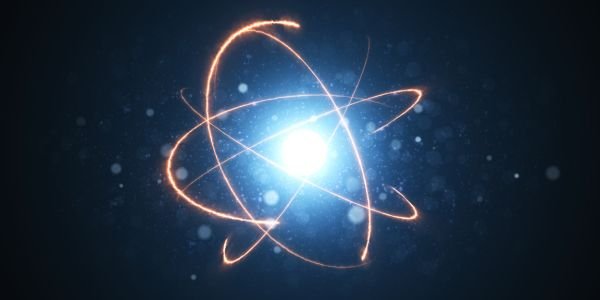
Advantages of DEWs
- Precision: DEWs can be extremely precise, reducing the risk of unintended collateral damage.
- Speed: Traveling at the speed of light, they can engage threats faster than conventional weapons.
- Cost-effective: Once developed and deployed, the cost per shot of a DEW is significantly lower than that of traditional munitions.
Potential and Challenges
Potential
Direct energy technologies have vast potential. From revolutionizing the power sector through efficient energy conversions to reshaping warfare with the use of DEWs, the implications are profound. For example, the increasing efficiency of photovoltaic cells has driven the surge in solar power usage globally.
Challenges
Like all technological advancements, direct energy applications face challenges. For DEC, the efficiency and scalability of devices remain concerns. For DEWs, challenges include power generation, beam control, and atmospheric interference.
Direct energy, both in terms of energy conversion and weaponry, has the potential to significantly alter the landscape of energy use and modern warfare. As research continues and technologies mature, we can anticipate even more breakthroughs and applications that will further underline the importance of this domain. Whether it’s harvesting energy more efficiently from the sun or developing defensive systems that minimize collateral damage, the future of direct energy is undeniably promising.
Also, read different Engineering articles







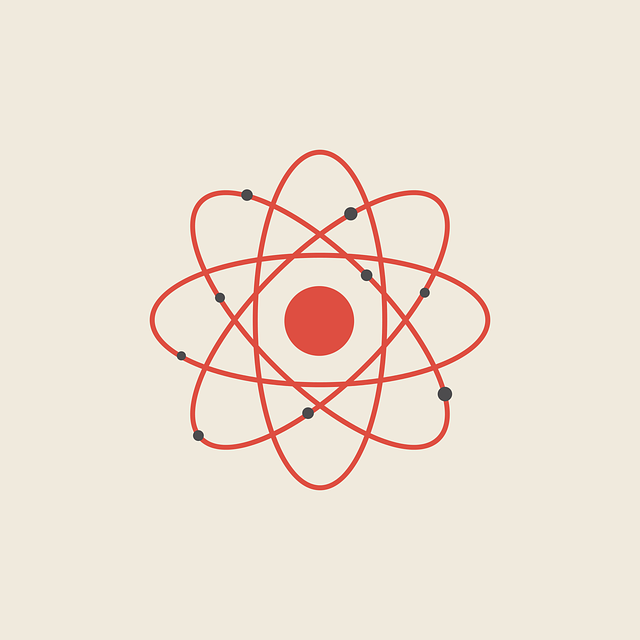



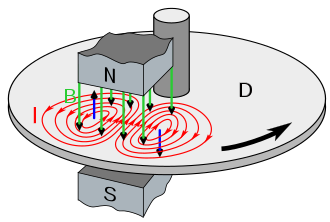





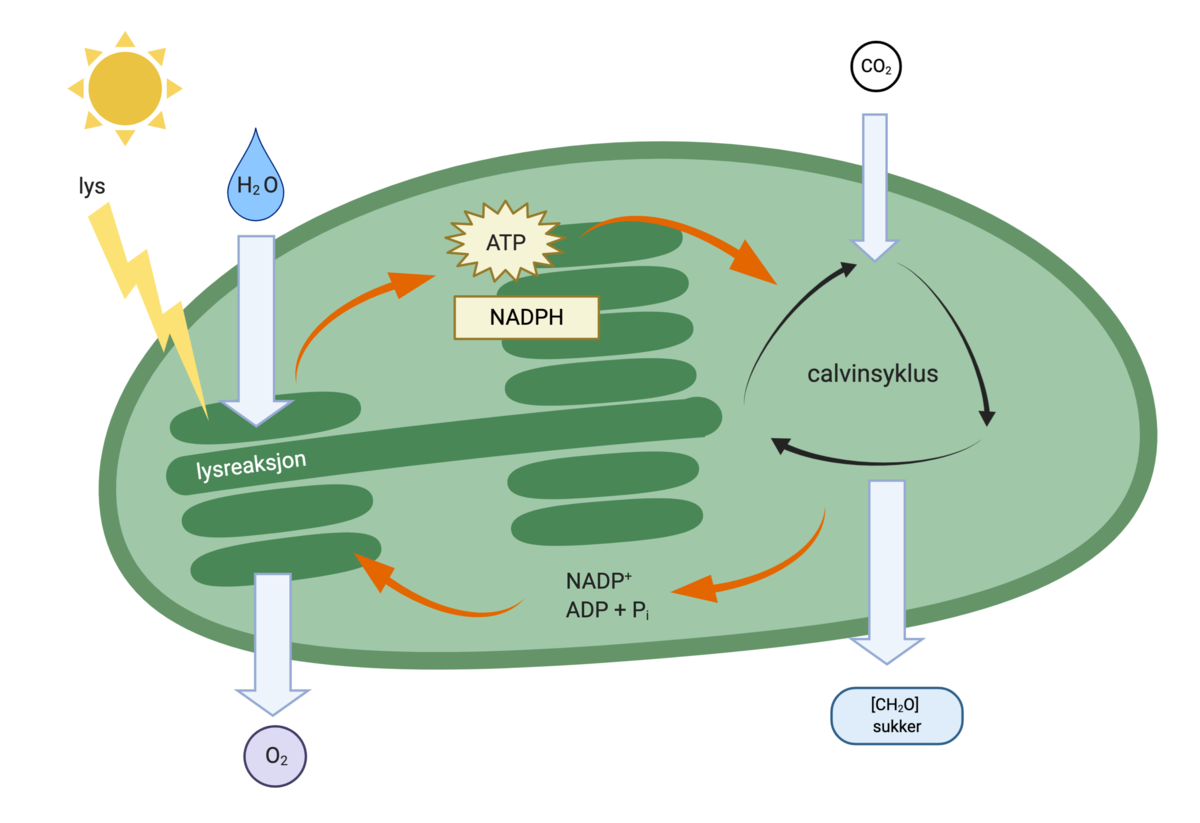
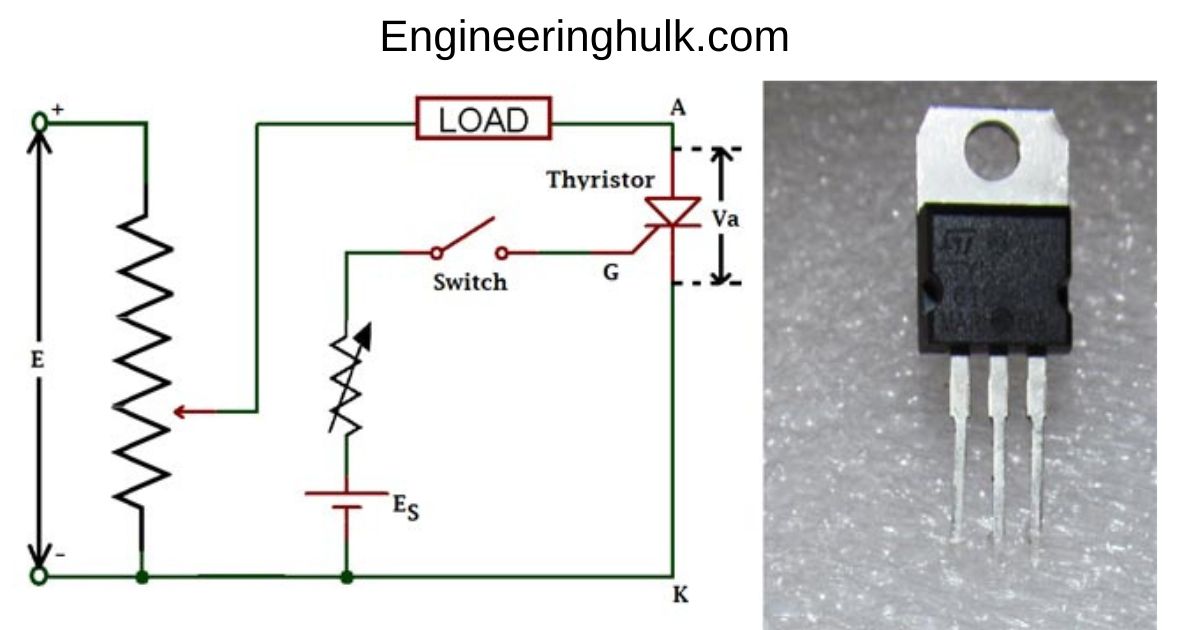









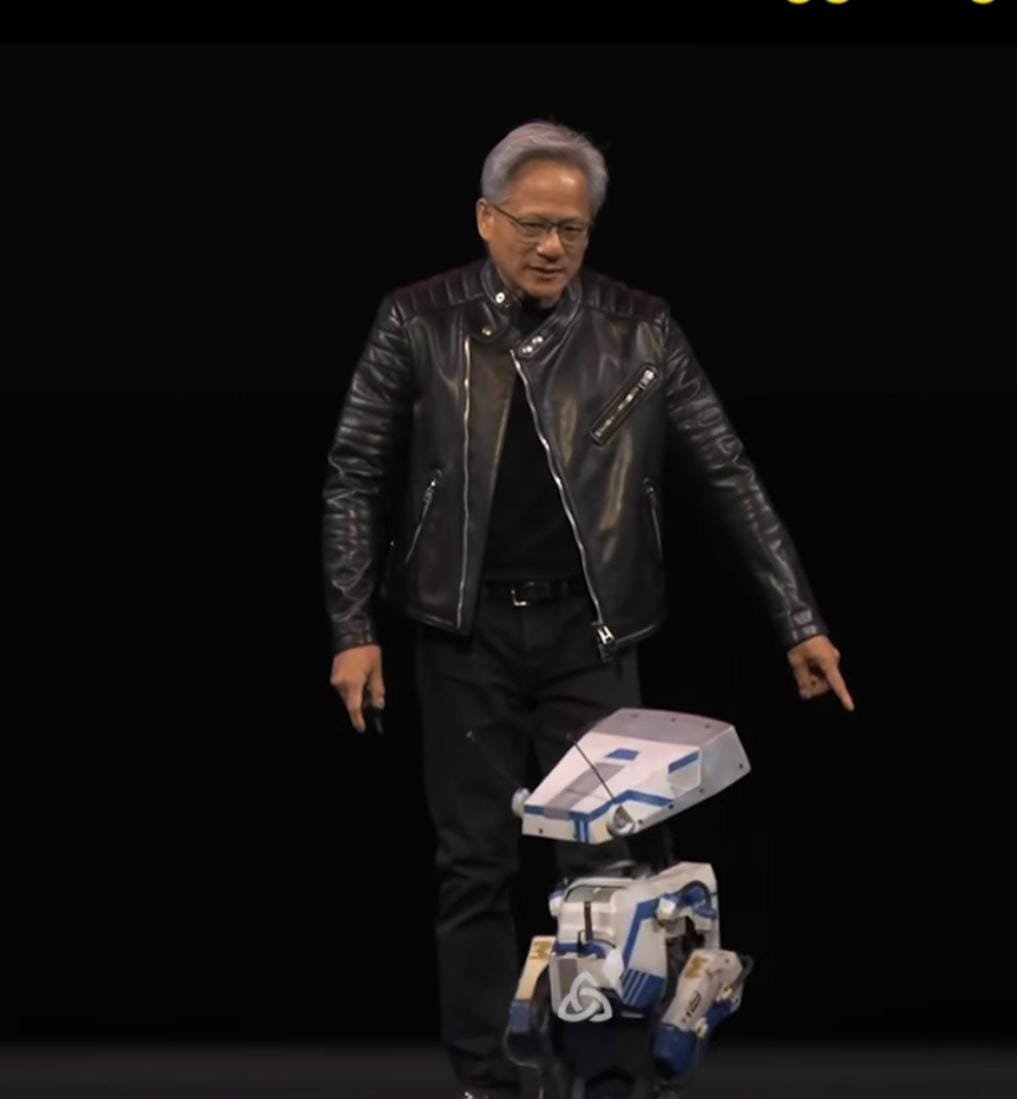

Comments on “Direct Energy: Understanding its Concepts and Applications”
Comments are closed.